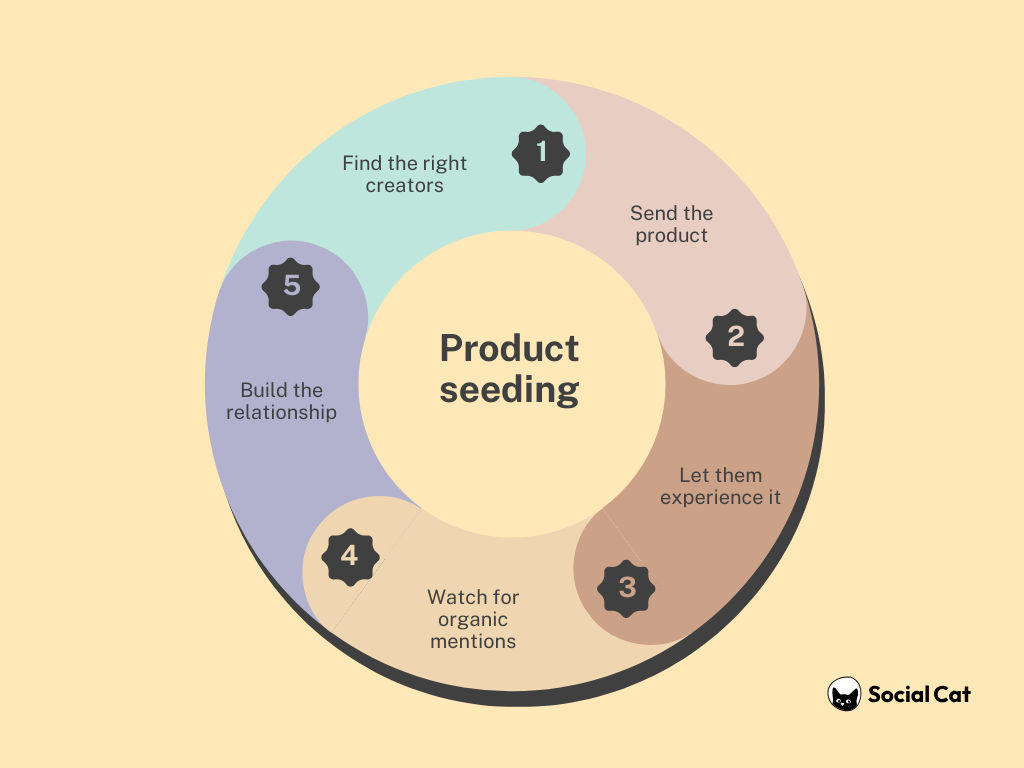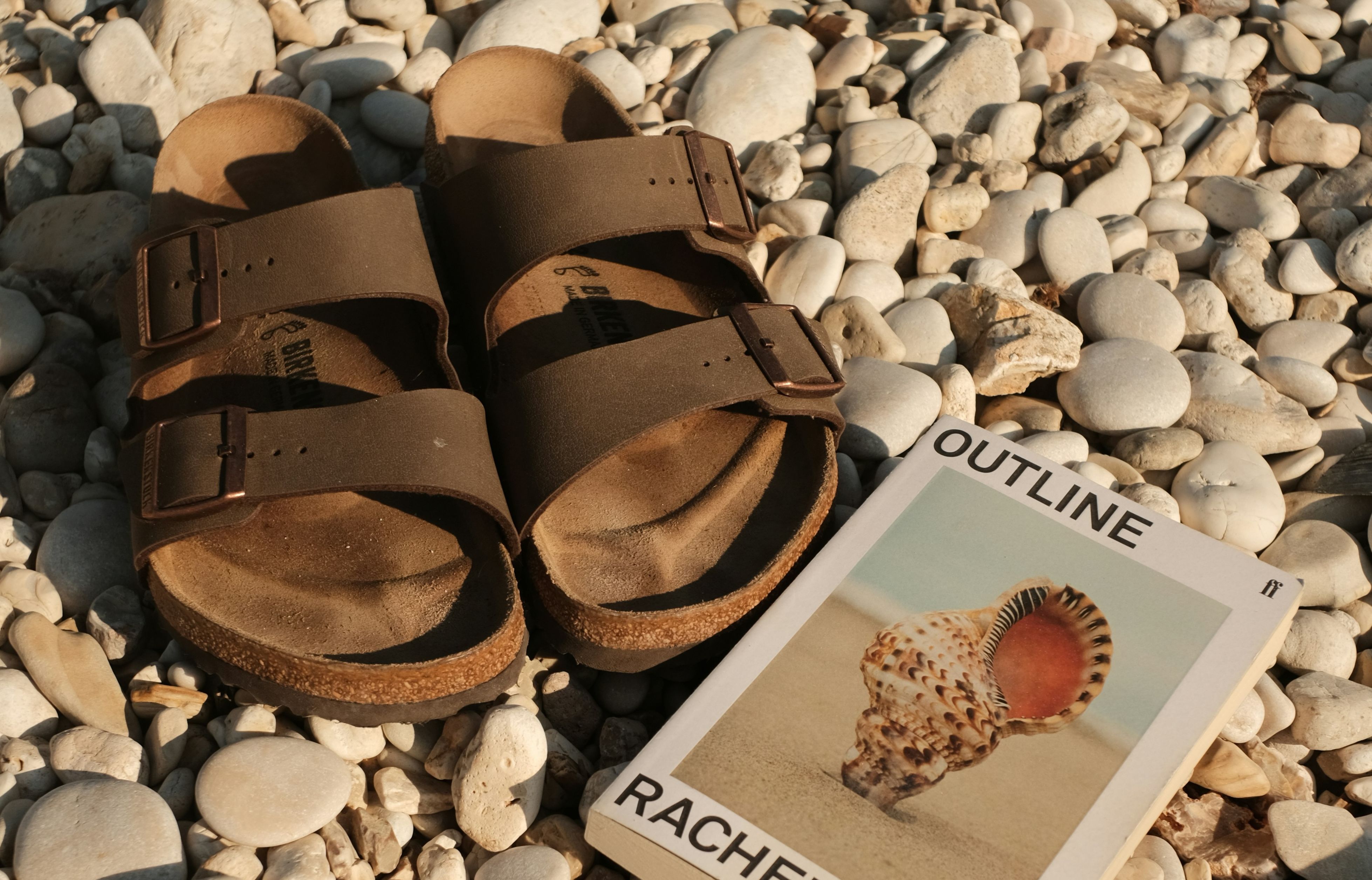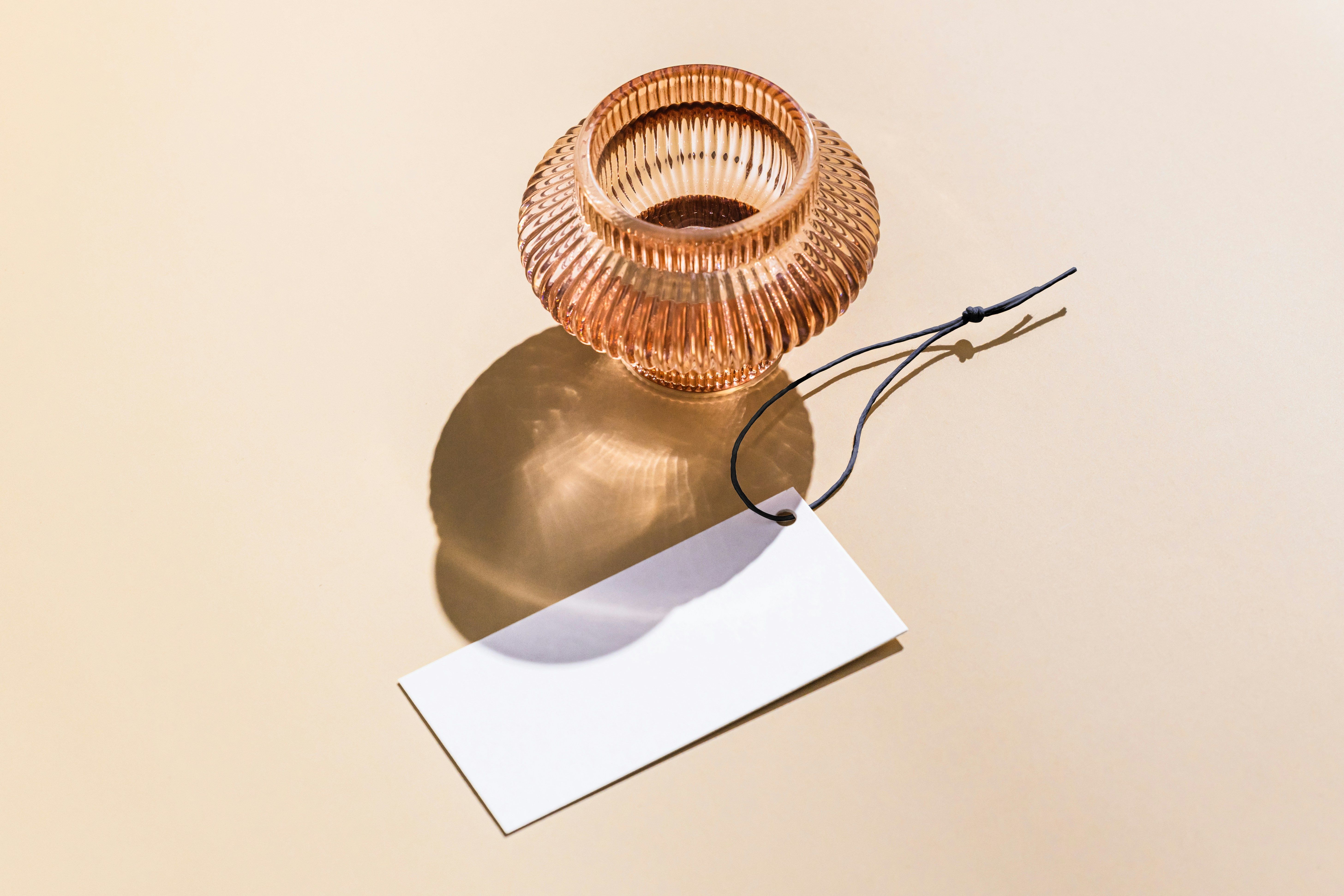Have you ever wondered how some brands get influencers to talk about their products without paying for a sponsored post?
The secret is often something called product seeding. It's one of the most cost-effective ways to work with creators, and the best part? You don’t need a massive marketing budget.
Let’s find out what product seeding really is, how it works, and how your brand can start using it today.
1. What is product seeding?
Product seeding is when a brand sends a free product to an influencer, creator, or ambassador without asking for anything in return.
Yes, you read that right.
It’s not a paid post. There’s no contract. The influencer isn’t required to post at all. But if they like your product and they believe in your brand, they often do. That’s what makes it so powerful, it’s authentic.
Think of it like giving someone a gift because you believe they’ll genuinely enjoy it.
Product seeding is also called influencer product seeding or seeding campaigns, so we’ll use those terms too.
2. How does product seeding work?
Here’s how a typical product seeding campaign unfolds.
First, you identify influencers who align with your brand, usually micro or nano influencers with strong engagement and niche appeal. You reach out with a short, genuine message. If they’re interested, you send your product, making sure it’s well-packaged and reflects your brand.
There are no expectations, but if they like the experience, they might post about it. That’s when you engage, by resharing, commenting, or simply saying thank you. Over time, this can turn into a long-term relationship.

3. Product seeding vs gifting: What’s the difference?
These two terms are often used interchangeably, but there’s a key difference: expectation.
With gifting, there’s usually a clear agreement, "We’ll send you this if you create content." With product seeding, there’s no obligation, just an opportunity.
Gifting often involves deliverables and sometimes even payment. Seeding is much more relaxed. You’re offering your product with the hope that the creator finds it interesting enough to share, on their terms.
This makes the content that comes out of seeding feel more genuine. And audiences can sense that.
4. Why product seeding works (And why it sometimes doesn’t)
The biggest reason product seeding works is because it feels real. Creators post about your product because they actually like it, not because they’re paid to.
This builds trust with their audience. It’s a softer, more human form of marketing.
It’s also cost-effective. You’re only investing in your product and shipping, not in paid sponsorships. And when it works, you get organic exposure, user-generated content, and potential long-term partnerships.
But it’s not perfect. Not every influencer will post. Some products won’t resonate. And you can’t control the narrative. Still, for many small brands, the risk is worth the reward.
5. When should you use product seeding?
Launching a new product? Product seeding is a great way to get early feedback and visibility.
Trying to build awareness in a new niche or market? Seeding can help you tap into engaged communities without paying for reach.
Looking to work with influencers but don’t want to dive into contracts and paid deals right away? Seeding is the perfect low-risk starting point.
If any of these sound like you, product seeding might be exactly what your brand needs.
6. How to choose the right influencers for product seeding
Choosing the right influencer isn’t about follower count, it’s about alignment.
Look for creators who are already talking about products like yours. Check their engagement. Read the comments. Does their audience trust them? Do they create content that feels real?
Micro and nano influencers (those with under 50K followers) are especially effective for seeding. They often have relevant communities and are more open to discovering new brands.
7. Best practices for successful product seeding campaigns
Want to run a product seeding campaign that gets noticed?
Start with a personal message. Let the creator know why you like their content and why you think they’d enjoy your product. Don’t make it feel like a pitch.
Make the unboxing experience special. Great packaging and a handwritten note can go a long way.
Don’t push them to post. Respect their space. If they do share, engage naturally. Say thank you. Repost. Start a conversation.
Track who posts and how their audience responds. Use that data to inform your next steps.
8. Examples of great product seeding in action
Let’s take a real-world example from Social Cat.
CLCKR is a tech and mobile accessories brand operating in the USA and UK. Like many small brands, they struggled to get high-quality user-generated content (UGC) for their marketing without spending heavily on influencer agencies or costly photoshoots.
They needed content that felt authentic, real people using real products in their everyday lives. But agencies were too expensive, and traditional influencers charged not only for collaborations but also for content licensing.
In total, they completed 28 collaborations and had 44 more in progress at the time of reporting. All on a gifting-only basis, with no extra payments for content licensing.
They got exactly what they needed: organic, relatable content from creators who genuinely liked the product. As Nicola Devereux, Product Marketing Manager at CLCKR, put it:
“People don't want to see edited photos with good-looking models using their products. They prefer seeing real people, good and bad, just like we all are... it was somehow intuitive to move towards micro-influencers.”
👉 Read the full CLCKR story here. That’s the long game, and it starts with one free product and zero pressure.
9. Is product seeding right for your brand?
If you’re a small business looking for affordable, authentic ways to get exposure, product seeding is a great option.
Ask yourself:
- Do I have a product that creators would actually use or enjoy?
- Am I okay with not getting guaranteed content?
- Do I want to build long-term relationships instead of one-off promotions?
If you answered yes to these, you’re ready to try product seeding.
10. Final thoughts
Product seeding isn’t just about sending out freebies. It’s about starting conversations and building trust.
At Social Cat, we make it easy to run product seeding campaigns that connect you with the right creators. No complicated systems, just real people discovering your brand.
Table of content
- 1. What is product seeding?
- 2. How does product seeding work?
- 3. Product seeding vs gifting: What’s the difference?
- 4. Why product seeding works (And why it sometimes doesn’t)
- 5. When should you use product seeding?
- 6. How to choose the right influencers for product seeding
- 7. Best practices for successful product seeding campaigns
- 8. Examples of great product seeding in action
- 9. Is product seeding right for your brand?
- 10. Final thoughts
Looking for influencers?
Table of content
- 1. What is product seeding?
- 2. How does product seeding work?
- 3. Product seeding vs gifting: What’s the difference?
- 4. Why product seeding works (And why it sometimes doesn’t)
- 5. When should you use product seeding?
- 6. How to choose the right influencers for product seeding
- 7. Best practices for successful product seeding campaigns
- 8. Examples of great product seeding in action
- 9. Is product seeding right for your brand?
- 10. Final thoughts










